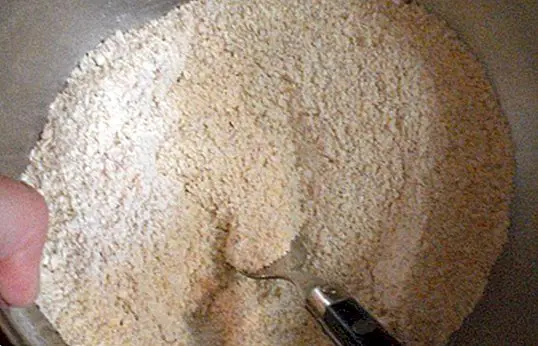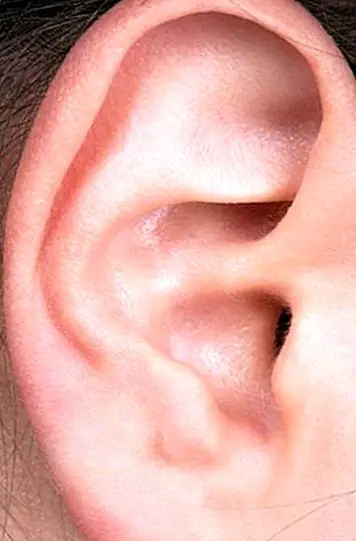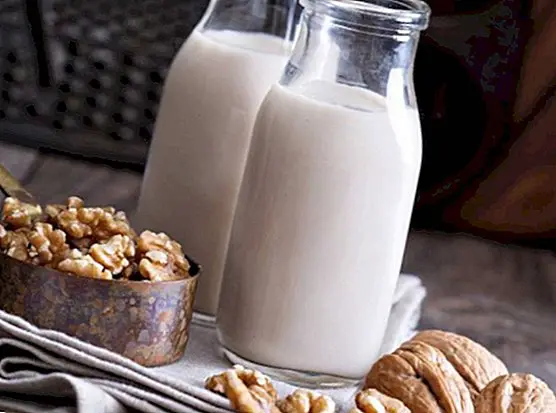What is wheat germ?
There are many foods that we can incorporate into our diet to enrich us with its benefits, such as the cereal or wheat germ obtained from the same wheat without altering it while maintaining its natural and nutritious properties.
The cereal germ is the seed embryo, is its reproductive part to develop the seed of the plant in this case of wheat. From the milling that takes place of the wheat the germ is obtained and most of the products that are sold in the shops are natural and pure without they have undergone any alteration.

We could mention thousands and thousands of benefits that contains the germ of wheat in the diet, such as including it in daily meals, for pregnancy, breastfeeding, for diseases such as diabetes among others but nevertheless we will detail next the composition of the germ so that let us know what nutrients and what this wonderful cereal is made of.
Composition of wheat germ
The composition of the wheat germ per 100 grams of the product are:
- Water: 11,12 g
- Calories: 360 kcal
- Carbohydrates: 38.6 g
- Proteins: 23.15 g
- Phosphorus: 882 mg
- Fiber: 13, 2 g
- Calcium: 39 mg
- Manganese: 13.3 g
- Magnesium: 239 mg
- Zinc: 12.3 mg
- Vitamin B1(Thiamine): 1.88 mg
- Vitamin B2 (Riboflavin): 0.499 mg
- Vitamin B6: 1.30 mg
- Vitamin B2 (Niacin): 6.80 g
- Folic acid: 281 g
- Vitamin E22.1 g
As it is known, the germ of wheat is very used daily since it contributes in its composition the essential nutrients in very good quantities but it can also be added to the diet through cookies, breads and cakes among others, although the easiest thing is add a spoonful to the yogurt, or to the juice twice a day of the pure grain.
Image | Amy Stephenson This article is published for informational purposes only. You can not and should not replace the consultation with a Nutritionist. We advise you to consult your trusted Nutritionist.


